This post may contain affiliate links. If you make a purchase by clicking on these links, I may earn a small commission at no extra cost to you. Read the disclaimer for more information.
New Zealand is a trekker’s paradise. In the three weeks beforehand, I had already trekked the Milford Track, helihiked on Fox Glacier and trekked part of the Queen Charlotte track in the beautiful Marlborough Sounds – not to mention the many smaller day hikess I had done in other parts of the country. My adventurous urges had been fully satisfied – almost. There was one more trekking experience that New Zealand is famous for, trekking on the volcanoes of the North Island – the Tongariro Crossing.
The Tongariro Crossing
The Tongariro Crossing is one of the greatest hikes in the world. Although it only takes one day, the scenery is spectacular and the fact that you are walking on a volcano makes it even better. The crossing is 19km over mostly rocky and often steep terrain, and although it’s not the hardest trek to do, you still need to be fairly fit to complete it.
The trek starts off fairly flat, making it an easy start as I walked over the barren landscape. Straight away I had amazing views of the two volcanoes of Mount Tongariro and the classic cone shaped volcano, Mount Ngauruhoe. It was summertime so there was no snow on the alpine peaks, and the temperatures were very pleasant. I soon built up a sweat though as the track began its first climb up the mountain, known as the Devil’s Staircase. I was super fit from all of my previous trekking adventures so the climb didn’t really bother me, but I still stopped to rest often just to take in the amazing views.
Mount Ngauruhoe
As I climbed I got closer and closer to Mount Ngauruhoe, its cone towering over me. I could start to see why they chose this place to film parts of the “Lord of the Rings” here; I felt like I was in Mordor heading towards Mount Doom.
At the top of the climb the track enters the south Crater of Mount Tongariro, providing a large section of flat track to rest your calf muscles. It felt strange to be walking across a large crater of a volcano, the rocky sides rising up above me and the ever present Mount Ngauruhoe on my right.
At the end of the crater the track begins another climb up an exposed ridge. If the weather is good, you’re feeling fit enough and you have plenty of time, you can take a side trip from here to climb Mount Ngauruhoe. I was happy to look at it from below. I stopped along the ridge for a rest and a snack, where I had more amazing views of the alien landscape.
The Red Crater
Continuing to climb up the rocky ridge, I began to smell the familiar foul odour of sulphur and when I got to the top, I could see the origin of the smell – the Red Crater. Steam was coming out from the red soil and rock in and around the crater, and I now really felt like I was on a volcano. I had to be careful on the edge as the rocky soil was very unstable and it wouldn’t be hard to fall in.
The Red Crater is the highest point of the Tongariro Crossing and from here the track starts to head down hill, starting with a scree slope. This is where you need to keep your balance and take it very easy. The lose rocks continuously slid from under me and I saw several other people end up on their backsides. From this slope there are amazing views of the Central Crater and the Emerald Lakes below, and as I half walked and half slid my way down the slope I could see the amazing colours of the water.
The Emerald Lakes and Blue Lake
At the bottom I took some time exploring the small heated lakes. The beautiful colours are caused by the minerals that are in the volcanic rocks. Lots of people had stopped here for lunch, but the sulphuric smell from the vents put me off eating.
From here the track follows along the edge of the Central Crater before climbing up the crater side to the lake above. Blue Lake is much larger than the Emerald Lakes and apparently isn’t heated, but the water is acidic. The lake is sacred to the Maori people, so to avoid being disrespectful I ate my lunch at a distance, looking out over the blue water.
The trek down the mountain
The track then steadily heads down the mountain, mostly going through rocky terrain with alpine tussock grasses growing on it. Every now and then I would pass a volcanic vent or thermal spring that was pouring out steam.
The final part of the 19km journey goes through beautiful cool rain forest, a dramatic change from the desert type terrain on the mountain above. Walking through the forest I crossed tiny streams while birds chirped in the trees above me, the perfect finish to an amazing trek.
After arriving back in the town of Turangi, where I was staying during my time in the area, I finished off my day with a relaxing bath in one of the natural thermal springs, a great way to soothe your aching muscles after the day’s trek. I sat and reflected on how amazing the Tongariro Crossing was. It truly is one of the greatest treks in the world.
How to hike the Tongariro Crossing
Here’s some practical tips to help you plan your hike of the Tongariro Crossing.
Overview
The Tongariro Alpine Crossing is approximately 19.4 kilometers (12 miles) long and typically takes between 6 to 8 hours to complete, depending on your pace and weather conditions.
Best Time to Hike
- Summer (December to February): This is the most popular time to hike due to the more stable weather conditions. The trail can be crowded, but the visibility and safety are generally better.
- Shoulder Seasons (March-April, October-November): These months offer fewer crowds and cooler temperatures. However, weather can be more unpredictable, so prepare for potential changes.
- Winter (June to August): The trail is much quieter, but conditions are challenging with snow and ice. Specialized equipment (crampons, ice axe) and experience in alpine conditions are necessary. Guided tours are recommended during this time.
Getting There and Back
- Starting Point: The trek begins at Mangatepopo Car Park.
- Ending Point: It finishes at Ketetahi Car Park.
- Transport: Since the start and end points are different, most hikers use shuttle services to get to and from the trail. Shuttles are available from nearby towns such as Taupō, Turangi, and National Park Village. It’s important to book your shuttle in advance, especially during the peak season. I stayed in Turangi and it was very easy and convenient to get the shuttle to/from there.
Popular Shuttle Services:
- Alpine Hot Bus
- Tongariro Expeditions
- National Park Shuttles
- Active Outdoor Adventures
Some shuttle services allow you to park at the end point (Ketetahi) and take a shuttle to the start (Mangatepopo), making it convenient to have your car waiting for you at the end of the hike.
If you need a rental car you can find some good deals here.
Where to Stay
- National Park Village: A small town close to the Crossing, offering various accommodations from backpacker hostels to hotels.
- Turangi: Located about 40 minutes away from the start of the trek, Turangi offers more amenities and accommodation options, including motels and holiday parks. I stayed at Rainbow Motel & Hot Pools which had affordable clean rooms and the hot pools were amazing for soothing my sore muscles after the Tongariro Crossing.
- Taupō: This is the largest town nearby, around an hour’s drive from the Crossing. Taupō has a wide range of accommodations, restaurants, and activities, making it a good base if you’re exploring more of the region.
Essential Tips
- Weather: The weather in Tongariro National Park is highly unpredictable, and conditions can change rapidly. Always check the weather forecast the day before your hike.
- Clothing and Gear: Dress in layers, wear sturdy hiking boots, and bring a waterproof jacket. Even in summer, temperatures can drop, especially at higher elevations.
- Water and Food: There are no food or water sources on the trail, so carry enough water (at least 2-3 liters) and high-energy snacks to keep you fueled.
- Fitness Level: The hike is moderately challenging, with steep ascents and descents. Ensure you are physically prepared for the trek.
- Permits: No permits are required for the Tongariro Crossing, but parking at Mangatepopo is limited to 4 hours, so using a shuttle service is recommended.
The Tongariro Alpine Crossing offers an unforgettable hiking experience with its dramatic landscapes and diverse terrain. Proper planning and preparation will ensure you have a safe and enjoyable adventure.














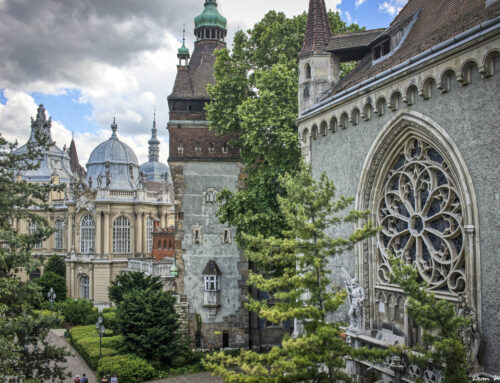
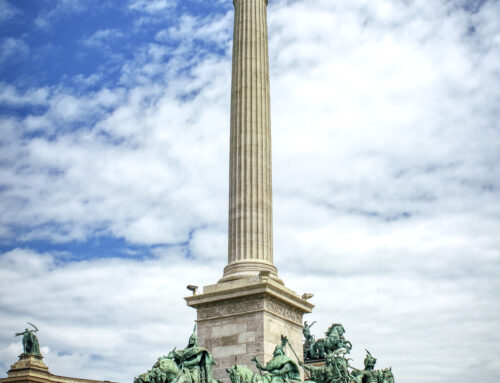
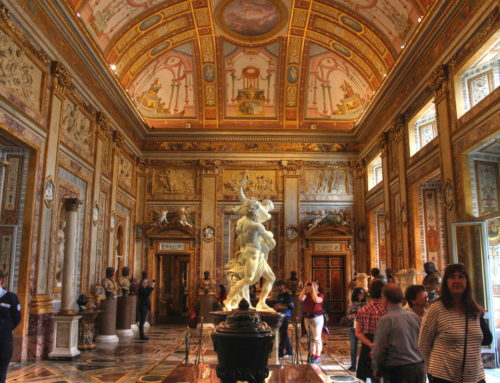
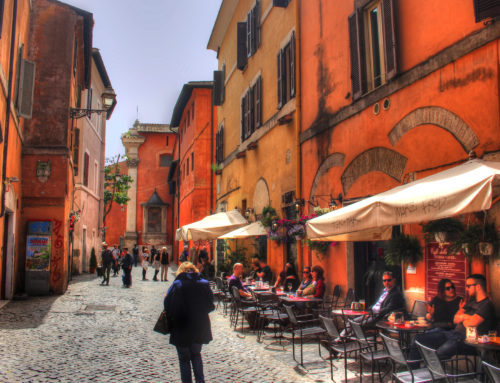
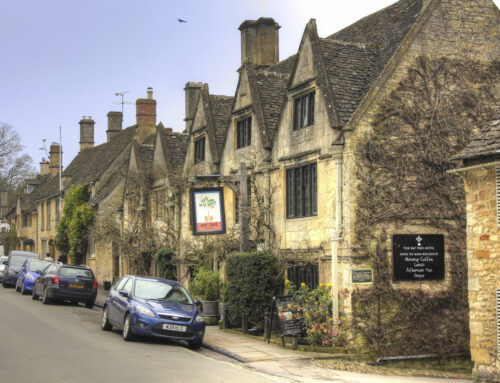
[…] Travel Tournament 2011 Winner Is Porto, PortugalSpray Tan LA, A Fantastic Place New ZealandThe Tongariro Crossing – Trekking on Volcanoes in New Zealand #header { background: […]
[…] The Tongariro Crossing – Trekking on Volcanoes in New Zealand … […]
Such a cool trek. Definitely looking to do it when I travel the North Island.
Hi Bobbi, I highly recommend doing the trek if you’re heading to NZ. It’s an amazing experience. Cheers.
What gorgeous rugged scenery!
Hi Samuel, the scenery is quite incredible and there is so much variation as well. The barren and rugged landscape really made me feel like I was on a different planet! Cheers
So true, at one point you feel like you are in mars before dipping into a beautiful wind-swept hill, followed by a lush jungle of trees. You really get to see a lot in one hike.
Hey Kyle. That sentence pretty much describes New Zealand in general. There is so much diversity in such a small country. Cheers!
ICICI Money to India…
[…]listed here are some listings to web-sites that we link to as we feel they really are really worth visiting[…]…
maurice sendak…
[…]listed here are a handful of urls to websites online I always link to seeing as we feel they will be really worth visiting[…]…
Tummy Tuck Pictures…
[…]following are several hyper-links to websites online that we link to since we believe they really are worthy of checking out[…]…
clemency…
[…]following are some references to web sites which I link to seeing that we feel they are seriously worth browsing[…]…
[…] Tongariro Crossing is known as one of the best one day hikes in the world. This incredible trek climbs up and over the […]
[…] Tongariro Crossing is known as one of the best one day hikes in the world. This incredible trek climbs up and over the […]
[…] walked in either direction, and provides some amazing coastal scenery. 4. Tongariro Crossing The Tongariro Crossing is known as one of the best one day hikes in the world. This incredible trek climbs up and over the […]
[…] walked in either direction, and provides some amazing coastal scenery. 4. Tongariro Crossing The Tongariro Crossing is known as one of the best one day hikes in the world. This incredible trek climbs up and over the […]
[…] walked in either direction, and provides some amazing coastal scenery. 4. Tongariro Crossing The Tongariro Crossing is known as one of the best one day hikes in the world. This incredible trek climbs up and over the […]
[…] walked in either direction, and provides some amazing coastal scenery. 4. Tongariro Crossing The Tongariro Crossing is known as one of the best one day hikes in the world. This incredible trek climbs up and over the […]
[…] be walked in either route, and gives some wonderful coastal scenery. 4. Tongariro Crossing The Tongariro Crossing is recognized as one of the very best a single day hikes in the planet. This incredible trek climbs […]
This was my favourite experience of NZ – such an awesome hike!
Hi Andrea, it was one of my favourite experiences in NZ as well. It is a beautiful hike 🙂 Cheers
Love that first photo!
Hi Stephanie, that’s my favourite photo as well. I love the way the Red Crater looks against the background of Mt Ngauruhoe.
It’s a great trek isn’t it. Glad you had good weather! Didn’t you find the final leg seemed to just keep going on forever. We kept thinking, shouldn’t we be there yet? It is so beautiful though that it didn’t matter. but for some reason once we got down to the other side, I thought it was done and then we just kept on walking:)
Haha yeah the trail did go on a bit at the end. After the excitement of being on the top of the mountain, the long flat section at the end seems to drag on. Still, I really love walking through the forest so I enjoyed it Cheers Deb.
Am headed to new Zealand this march and plan to do track….. How do we get back at the starting point towards the end of the hike??? Best to buy tickets earlier before the hike?????
Hi Jonathan. From memory a bus took us from Turangi to the start of the track and then picked us up at the end of the track to take us back to town. It would be a good idea to book in advance as it is quite a popular track. It’s good idea to do this with any hiking trail in New Zealand. Cheers and I hope you have a great trip!
The pictures look stunning. I’m getting ants in my pants being stuck in the UK at the moment and can’t wait to get out on my own adventure asap.
[…] Tongariro Crossing is one of the most popular tramping tracks in New Zealand and is situated in Tongariro National […]
[…] off Kiwi country’s true ‘Lord of the Rings’ scenery, Tongariro Crossing spans over 12 miles of beautiful countryside, leading straight into what the world has come to know […]
One day when I somehow migrate to this beautiful country, I’m gonna hit all these hikes.